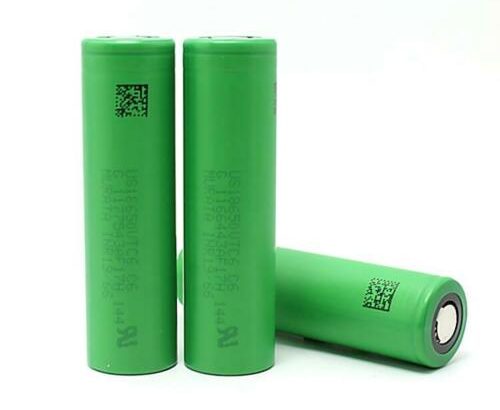The four major types of gas turbine engines are discussed here. In the aviation sector, the most common propulsion technology is the aircraft turbine engine. There are different varieties of turbine engines, each with its own unique set of maintenance and overhaul requirements. As a result, choosing the correct business to do repairs and maintenance on your aircraft turbine engine is critical. Keep in mind that such a wide range of gas turbine designs can only be found in aircraft gas turbines. The configuration of gas turbines used in power plants is similar to that of turbojet engines, which will be addressed later.
Turbojet Engines
Turbojet engines were the first form of the gas turbines. Even though they don’t seem like reciprocating engines, they work on the same principle: intake, compression, power, and exhaust. Air is pushed at a rapid rate to the fuel inlet and ignitor of the combustion chamber in this type of engine. By expanding air, the turbine causes faster exhaust gases.
Turboprop Engines
A turboprop engine is the second type of gas turbine. It is a turbojet engine with a propeller coupled via a gear system. The operation of a gas turbine of this sort is as follows:
- A shaft connected to a transmission gearbox spins while the turbojet spins.
- A transmission box slows the spinning process, and the transmission mechanism is coupled to the slowest moving gear.
- The air propeller spins, creating thrust.
Turbofan Engines
Turbofan engines are combined with the world’s top turbojets and turboprops. A duct fan can link a turbofan engine to the front of a turbojet engine. The fan then provides an extra push, which aids in cooling and decreases engine noise.
Turboshaft Engines
Turboshaft engines, the fourth gas turbine type, are mostly employed in helicopters. The most significant distinction is that turboshaft engines use the majority of their power to spin turbines rather than propel them out the back. A turbojet engine with a big shaft attached to the back is known as a turboshaft engine.
Components of a Gas Turbine Engine
Propulsive thrust can be generated using a gas turbine engine. In the case of a pure jet engine, this can power a generator, pump, or propeller while also creating thrust through the nozzle. While the gas turbine engine is a basic system, due to the high operating temperatures and strains, components for a powerful machine must be carefully constructed and produced from expensive materials. As a result, gas turbine engines are often limited to big units where they are cost-effective. A compressor (takes in and compresses the air), combustor (applies fuel to the air and ignites it), turbine (converts high-speed gas energy into rotary power through expansion), gearbox and shaft (provides rotary power to the driven devices), and exhaust nozzle are the main components of a gas turbine (runs out of the turbine part the low emissions of spent gas).
Gas turbine gearboxes are widely used in today’s gas turbine designs. Based on the turbine’s rotational speed and power output, this component is responsible for effectively delivering the turbine’s produced power to the moving parts. However, recent versions use direct drive, which means there is no gearbox inside the gas turbine engine and the turbine rotational power is sent directly to where it is needed.
Gas turbine control system
The gas turbine control system monitors and safeguards the gas turbines. With integrated control system solutions, you may get superior performance for a connected plant. It scales and adapts to changing requirements in thermal and renewable power generation, oil and gas, and safety applications with ease. IS200VCMIH1B and IS200VCRCH1B are some examples of GE control system parts.



